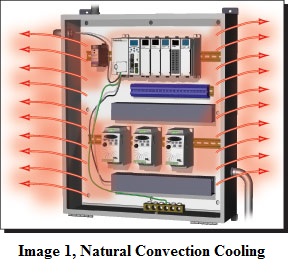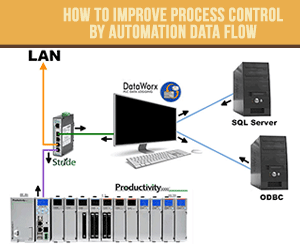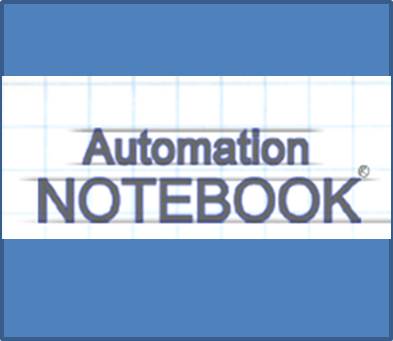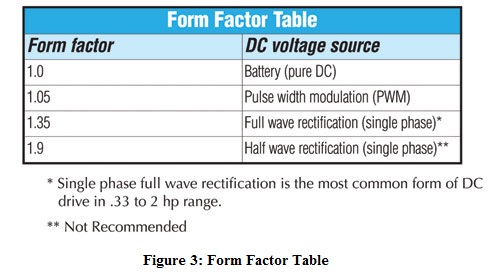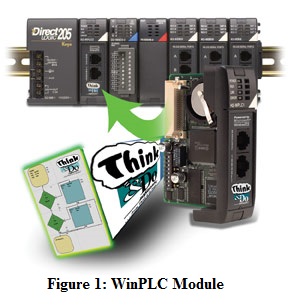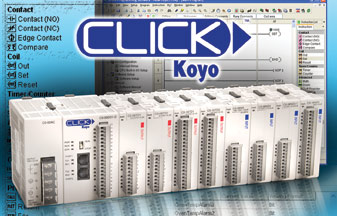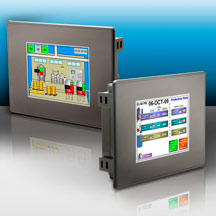+Tech TopicsAutomation NotebookEnclosures & AccessoriesFYIIssue 18 – 2010Learning ResourcesNotebook IssueProduct
Enclosure Cooling Explained
What causes all that heat? There are basically two sources of heat which cause an electrical enclosure’s internal temperature to rise above the manufacturer’s recommended ratings for the control equipment: internal and external sources. Internal Sources The same items which can be damaged by heat may also be a key source of the heat. These…


